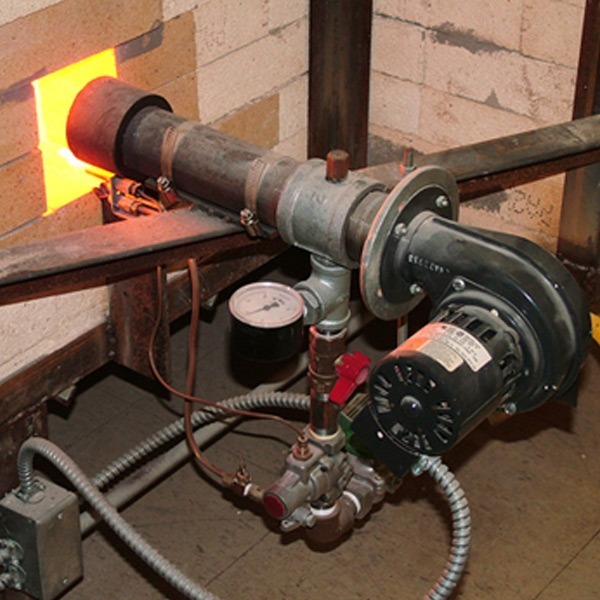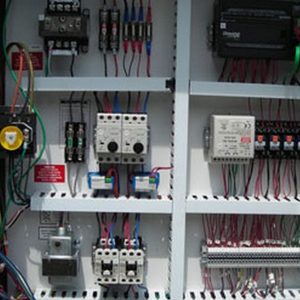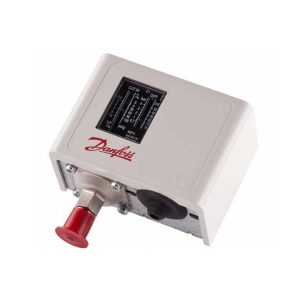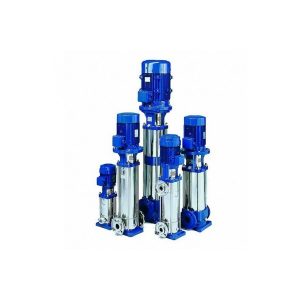Description
Differences in fuel type
Diesel burners: This is how the model and structure of this model of burners work. Which need liquid and petroleum fuels for combustion. And all components are installed and implemented in one unit. The electric motor used in the diesel burner causes the diesel pump and the blower impeller to move and rotate. Inside the pump is a pressure regulating valve and a fast-acting magnetic valve on the pump. Or a pipe connecting to the nozzle is installed. When diesel passes through the nozzle, it turns from liquid to powder, and is sprayed as a powder. After spraying high voltage transformer powder, and creating a spark in the head of the spark electrode, the fuel is sprayed. Ignites and a flame is generated. This can be mentioned from the difference between gas and diesel burners.
.
Gas burners: The structure and function of gas burners are quite similar to diesel models. The difference is that gas burners are able to burn gas fuel. Unlike diesel models, where the liquid fuel is first pulverized, in gas burners, by connecting to a natural gas pipe, it enters the device in a state ready to create a flame and ignition by receiving gas.
These burner models are designed and manufactured in two types with fan and without fan. When the device starts operating, the current reaches the transformer, ignites and ignites the electrode heads, and when the solenoid valve opens and the gas flows into the combustion chamber, a flame is created by mixing air and gas. Therefore, the difference between gas and diesel burners is in the type of fuel. Gas models are installed directly to the pipeline and directly supply the fuel required by the burner. In diesel models it is necessary to constantly fill the source.
In order to use the Iranian boiler correctly and safely, it is necessary to be familiar with the various components and equipment of the boiler, as well as the performance and efficiency of each one. In the following, we will introduce and get acquainted with the performance of some of the main equipments of the boiler:
Boiler burner
The boiler burner was one of the main components but separate from the boiler. Which is installed on the boiler after construction. The main function of the burner is to convert fuel into thermal energy. Boilers can work with burners with different fuels. The most important fuels used in boilers are gas, diesel and fuel oil. Therefore, it is possible to choose a boiler with a gas burner, diesel burner, dual gas and diesel burner, and triple gas, diesel and fuel oil burners. / Gas burner
Iran boiler boiler pump
The job of the pump in the boiler is to supply and inject the required water into the boiler. The pump must be able to compensate for the amount of water that turns into steam in the boiler and prevent the boiler water level from decreasing. Boiler feed pumps are usually of the stainless steel type.
It is necessary to install a strainer in the inlet path to the pump to prevent any foreign particles in the water from entering the pump. Also, after the pump, a one-way valve is needed to prevent steam from returning from the boiler to the pump and damaging the pump. (One-way valve is installed in the factory after the pump.) It is necessary to prevent the pump from working without water.
What is breast milk?
The feed valve is installed after the pump and before the boiler. This valve has a one-way number (Check Valve) and prevents water or steam from returning to the pump. (For added safety, in the boilers manufactured by Ansar Industrial Group, an additional one-way stainless steel interflange valve is usually installed before the feeding valve.) This valve must be kept fully open at all times. So that water can easily enter the boiler. After dewatering and stopping the pump, the one-way valve prevents water or steam from returning to the pump.
The operator must ensure that water and steam do not return to the pump by controlling the temperature of the connection pipe between the supply valve and the pump. This should be done immediately after the pump is turned off. If water and steam return to the pump, the supply valve must be closed immediately and water and steam must be prevented from entering the pump. Then loosen the one-way screws and remove the one-way valve from any mass or scale that is obstructing the proper operation of the valve and make sure that the sealing surfaces are not scratched or corroded.
If the water level in the feed tank or deaerator is higher than the water level of the boiler, close the feed valve when it is off and there is no pressure in the boiler so that water does not enter the boiler from the tank and does not overflow.
Indicates the level (waterfall)
The Level Indicator is responsible for displaying the water level inside the boiler. Depending on the capacity of the boiler and according to the standard, the number of boiler fountains will be one or two. Water level indicators are produced in two forms, magnetic or glass, the use of each of which has its advantages and disadvantages.
Since the observation of the water level by the operator is of special importance, it is necessary to always keep the protective glass and the glass tube of the fountain clean. To ensure proper operation and cleaning of the fountain chamber, it is necessary to periodically open the drain valve under the fountain to clean the chamber from deposits.
Boiler water level controller
The level controller or Level Control is responsible for controlling the water level inside the boiler. Depending on the capacity of the boiler and according to the standard, the number of boiler level controllers will be one or two. These controllers are designed to automatically perform all the necessary controls for turning the feed pump on and off, turning on and off the burner and warning the low water level (in proportion to the water level inside the boiler).
When the water level in the boiler drops below a certain level (Low Water) due to the conversion of water to steam, these controllers are commanded by the control panel to the feed pump and increase the level when the pump is turned on.





Reviews
There are no reviews yet.